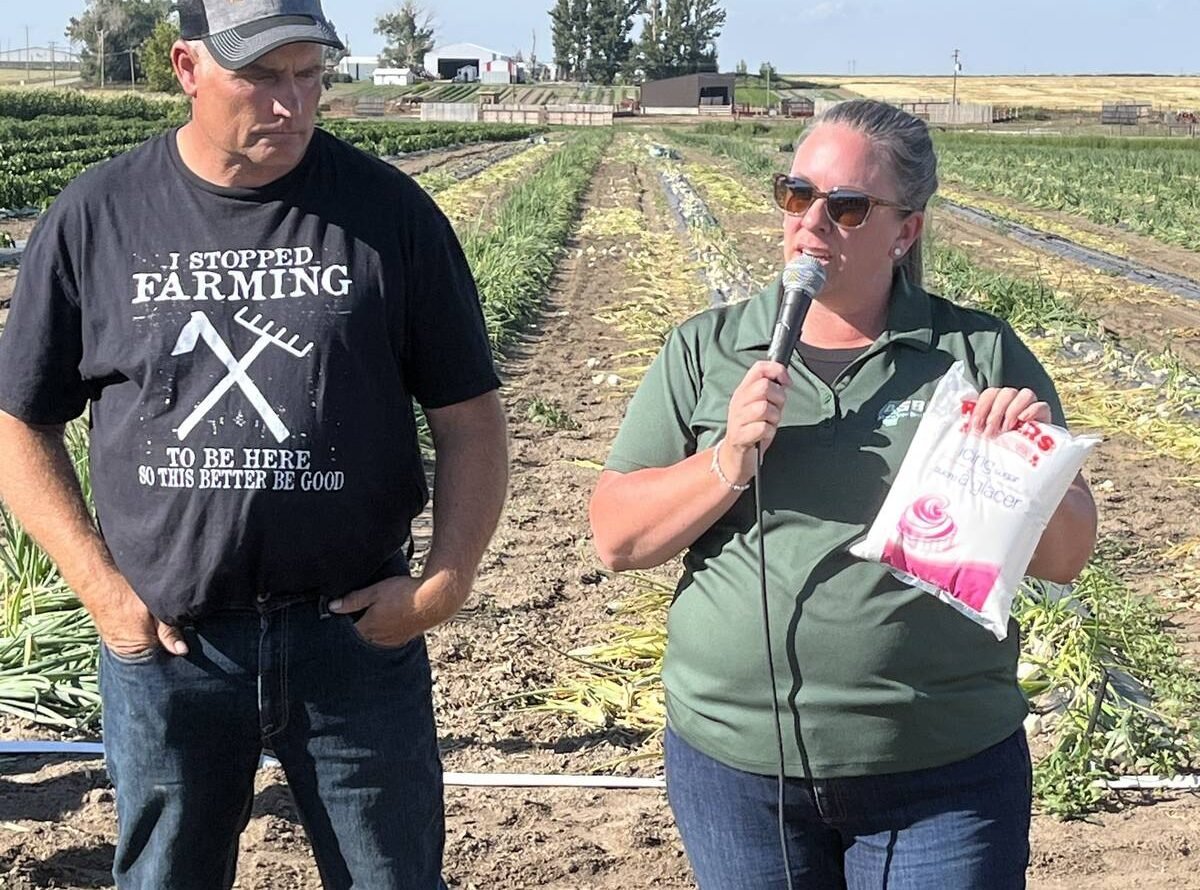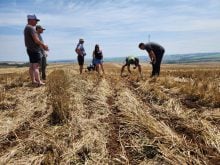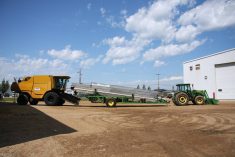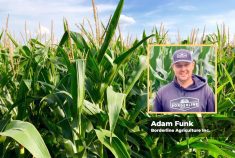All Canadian cattle leaving the farm will require electronic identification tags after Jan. 1, 2010, a requirement designed to help move the beef industry toward full traceability.
Plastic dangle tags with a barcode and unique number have not been for sale for several years, said Canadian Cattle Identification Agency chair Steve Primrose.
They were replaced with the more efficient radio frequency buttons.
“Bar codes were a start but they really caused a lot of aggravation for all of us,” Primrose said.
Read Also

Alberta’s beets a sweet domestic segment in Canada’s sugar supply
The sugar beet industry is showcased during a Farm to Table tour, as Taber features the last remaining sugar beet processing plant in all of Canada.
Some producers still grumble that the new button tags fall out, but with higher international and domestic standards for animal health and food safety, no livestock sector can remain out of the loop, he added.
For example, if a calf is shipped from an Alberta ranch in the fall, gets placed in a United States feedlot and is processed at an American plant where inspectors find a disease, traceback is immediate.
“In many of those cases in about six seconds we can find that. We export all over the world using the CCIA system,” Primrose said.
“The one caveat we have is that we have to have herd of origin and to move out of Canada, we have to have a birth certificate as well.”
After 10 years of personal involvement with the agency, Primrose said he has confidence in the system and notes that the cattle sector is the only one to have advanced this far with traceability. Yet there remains more work when it comes to tracking cattle around the country.
“Technology has not gotten near as far as the cattlemen’s vision,” he said.
“Our vision would be every time that animal goes on a truck or gets off a truck, it would pick up that signal of that animal and send it to our main database and you would never know it is happening,” he said.
That technology is not ready but within a few years, science should advance because all beef producing nations are working on traceability. The science is also an enticement to private technology companies who see financial rewards in the concept.
Other livestock sectors have been invited to use the agency database since the groundwork has been done for individual identification and movement tracking.
“We are pretty well the only sector that actually has a full traceability system in place and working,” Primrose said.
The Canadian cattle identification database will probably change its name to Canadian Agriculture Traceability Program because it is dealing with other sectors as well as sites with multiple species.
Each sector must decide how the traceability system will work for them and then add the information to the larger database.
“It will keep our costs down and it will keep other sectors’ costs down because we will all be using the same system,” Primrose said.
Another challenge remains with premise identification. Each province runs its own system and registration has been slower than expected. It was originally supposed to be a national program and now the agency must work with all the provinces. Premise identification requires a producer name, telephone number and address.
Linked premise identification is also needed. This is a place other than the home site and could be anywhere else cattle are housed. Commingled sites like auction markets, exhibitions, dealer sites, renderers and processors will also have numbers and must be hooked into the system.
Use of the database fields for value added beef programs is another area for development.















